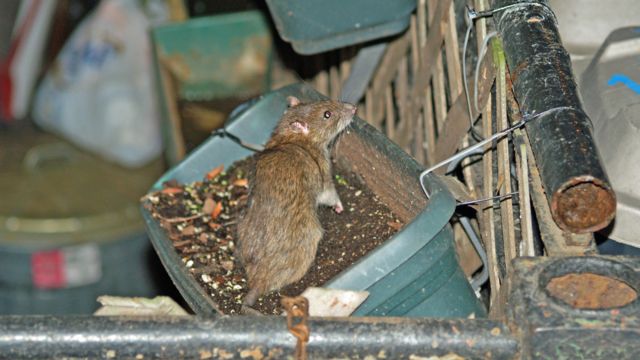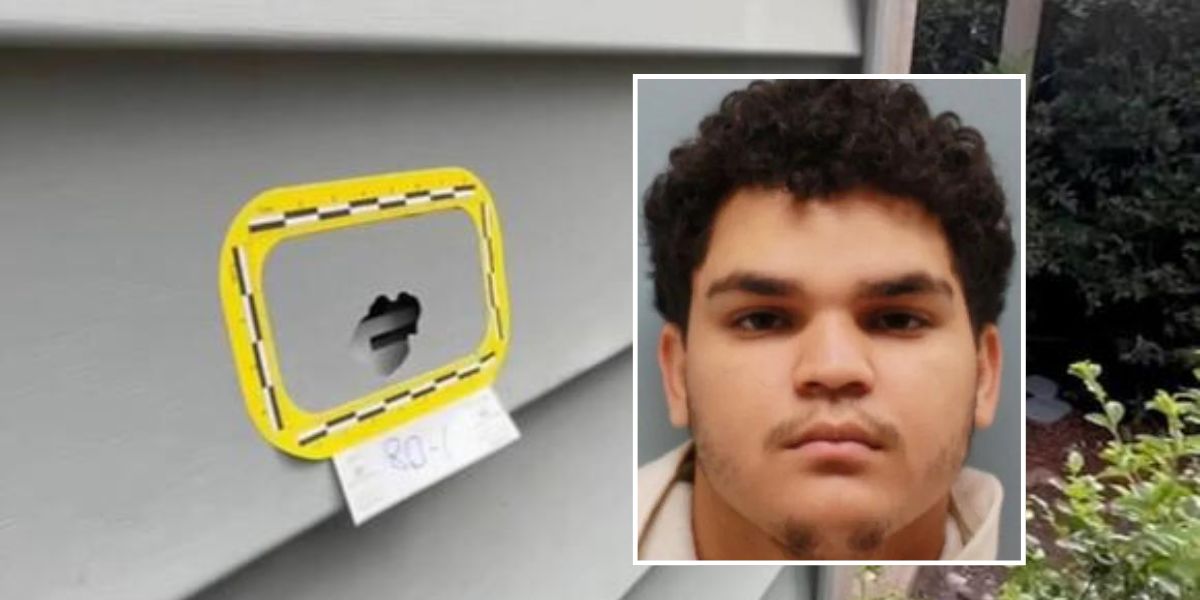The city has just opened its most recent front in its war against its most feared rodents, which is the practice of combining rat bait with birth control and spreading it throughout the city.
According to documents provided by the City Council, the program was launched on city property in Harlem last week. It is anticipated that the anti-procreation pellets and a staff of five full-time employees, including a city research scientist and a pest-control aide, will cost nearly $600,000 annually.
The decision was made one week after “Empire Bins” that resembled UFOs were placed in the same neighbourhood in Manhattan in an effort to put an end to the unrelenting rodents’ habit of eating from the curbside.
“We’re incredibly excited and optimistic about all the containerization work we’re seeing in the city because that’s reducing food competition — and really reducing a rat’s ability to reproduce by cutting off its food source,” city rat czar Kathleen Corradi stated on Monday.
“What the science tells us is removal of a food source, removal of those conditions that allow them to thrive, is how we get to achieve sustained production — and we’re seeing really great results in that regard,” she stated.
The “contraceptive stations” for rodents use bait made especially to attract rats. The contraceptive pellets reduce sperm motility in male rats and egg production in female rats.
The initiative is a component of “Flaco’s Law,” which was passed by the council following the discovery that rat poison was responsible for the death of Flaco the owl, a beloved escapee at the Central Park Zoo.

According to a city representative, the contraceptives are in tamper-resistant devices and present a very small risk to people, pets, or “non-target” wildlife.
According to the law, the city health department will inspect the area every month to look for indications of rats.
Employees will report to the mayor and council on whether the strategy has been successful in reducing rats after the pilot concludes in a year.
Compared to the same period last year, when the city implemented new regulations requiring closed-lid trash cans, the number of citywide rat sightings reported to 311 has decreased each of the last six months.
Rat sightings have decreased in some parts of the city, but not in others.
Read Also: Students ‘Embarrassed’ After Alleged Racist Language at Lynnfield Graduation
According to a Post analysis of 311 data, rat sightings in the West Harlem community-board district where the contraception pilot program is located have increased by 7.8% from this time last year.
According to Corradi, the effectiveness of the city’s initiatives depends on how well property owners follow the rules regarding outdoor dining and waste containerisation.
“[Human] behavior change is hard,” she stated.
“We are doing integrated pest management on city-owned properties, but then the 98% remaining of the tax lots that are privately owned properties, that’s up to the property owners to choose what mechanisms they’re doing when it comes to [rat population] control.”
Since the rodent species is “by nature, hyperlocal,” Corradi continued, she doesn’t expect hungry rats to just move to other parts of the city in search of food when one area is successful in controlling the rodents.
“Typically, these animals don’t travel 100 to 300 feet from where they’re living to their food source,” she stated.



